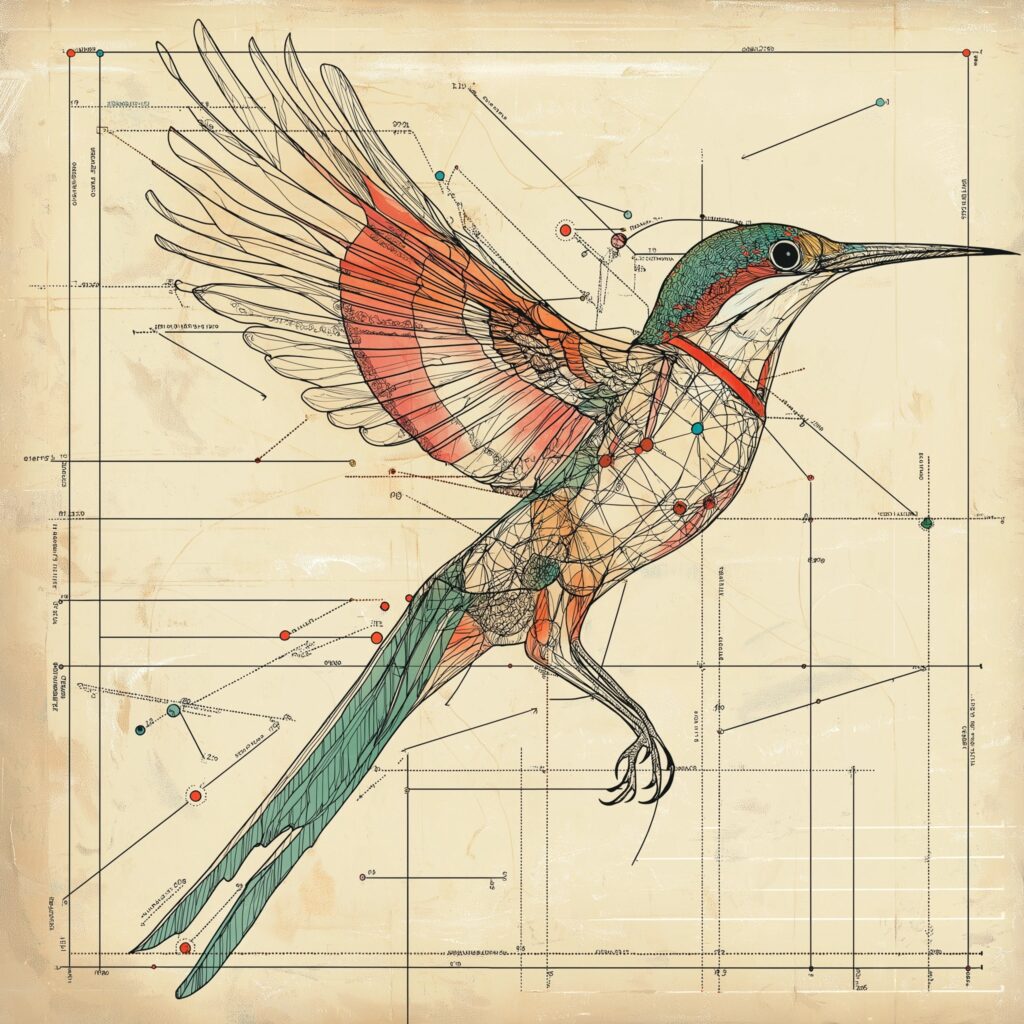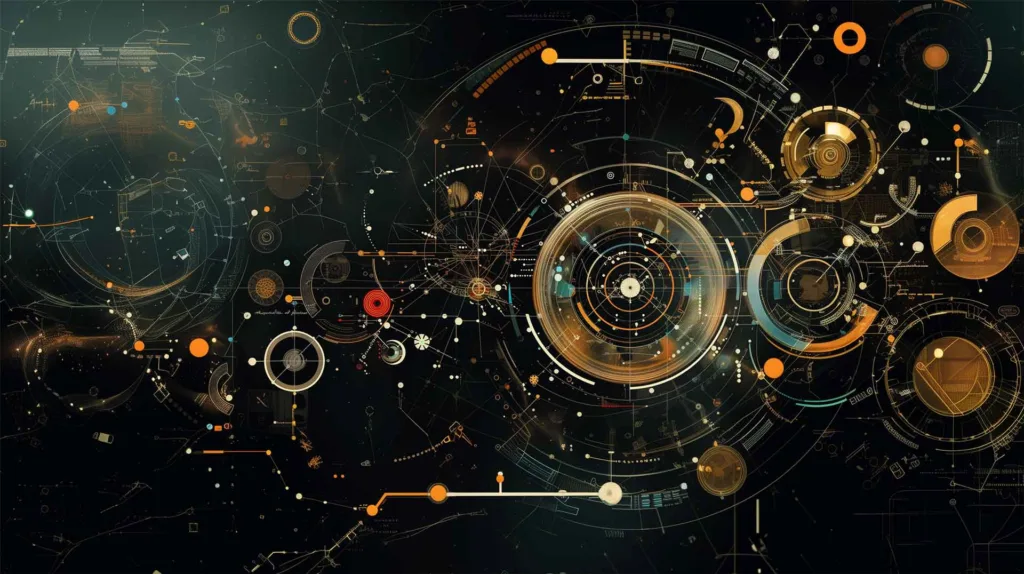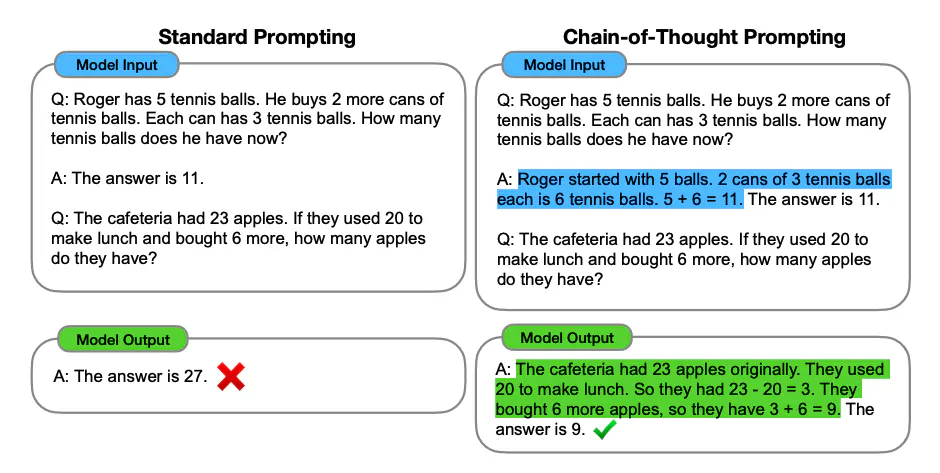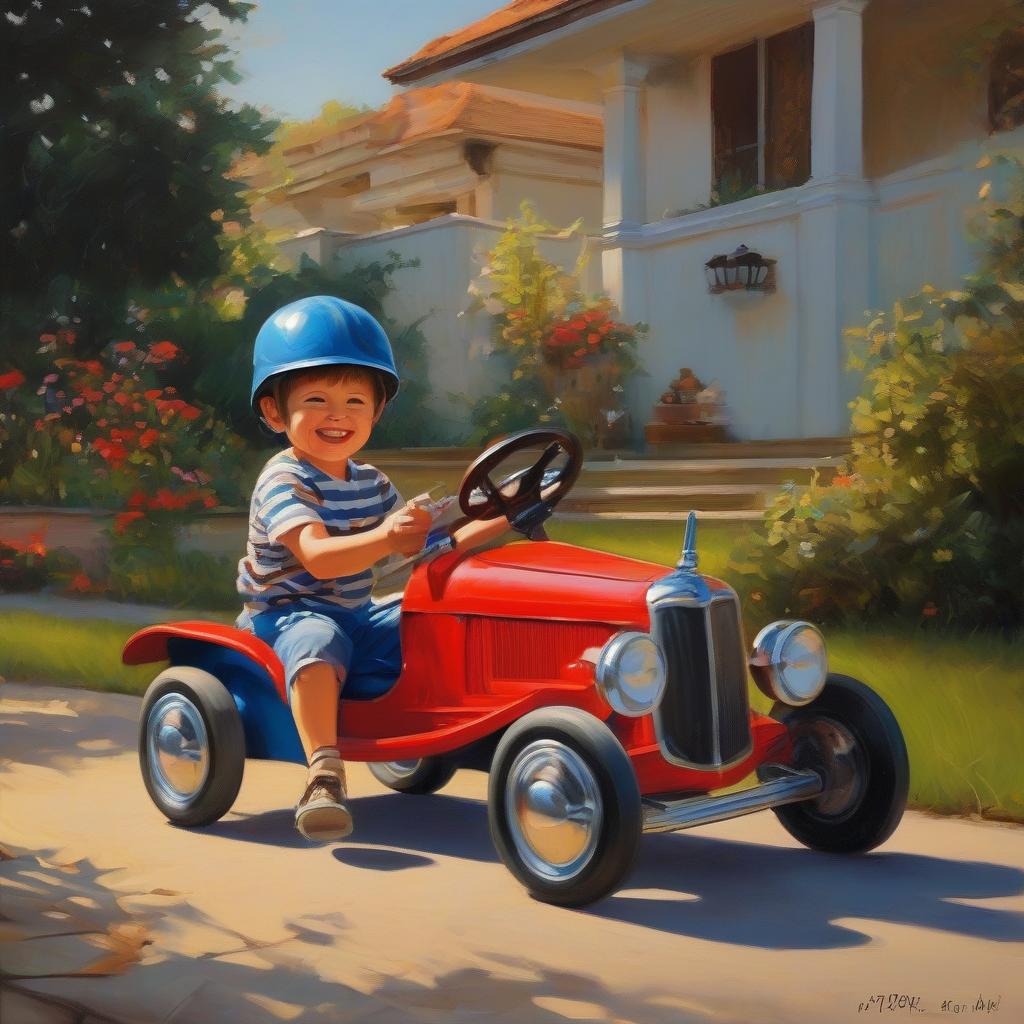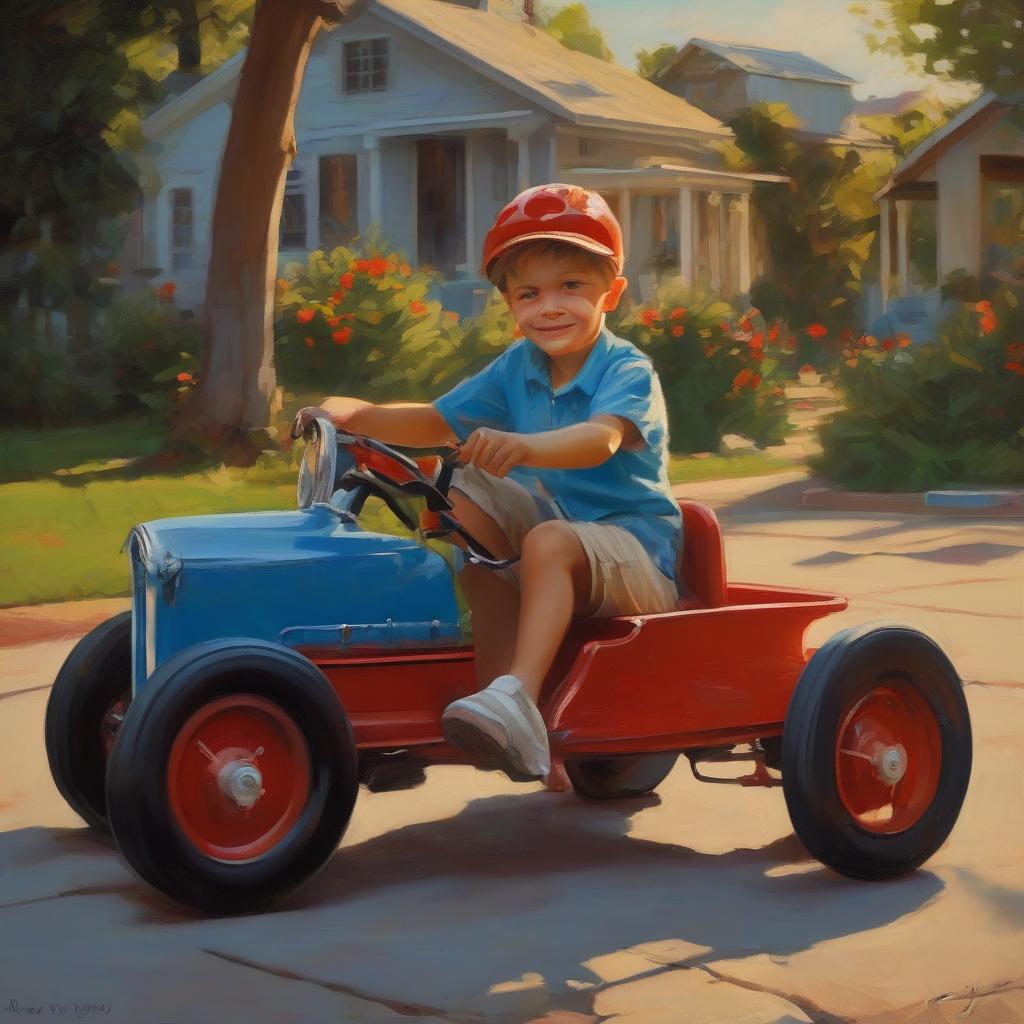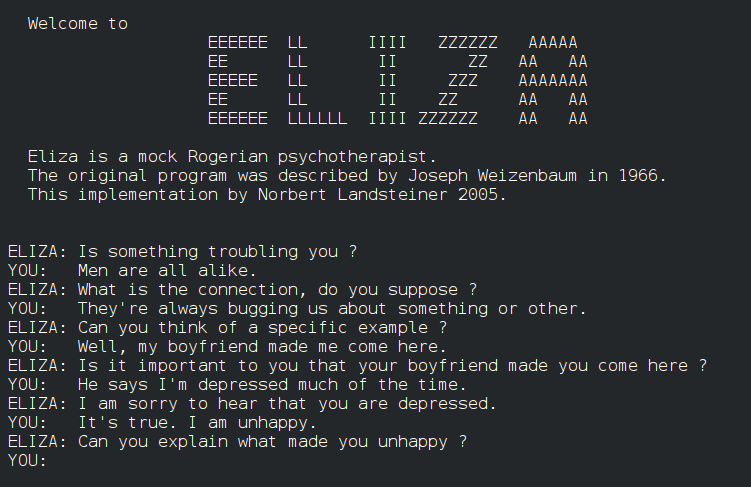These 15 AI agents represent the future of automation, decision-making, and workflow orchestration in fintech.
What if your software could not only read and write — but also learn about your particular business, its history, competitors, challenges, successes – and even the less than successful ventures.
With that knowledge your software will make a range of decisions, handle exceptions, and dynamically coordinate entire workflows while keeping you aware every step of the way.
Nerd Alert – Welcome to the era of AI agents: the successors to rigid RPA (Robotic Process Automation) bots and linear “automation” tools. These very smart, self-directed systems transform industries by bridging the gap between human and machine, enabling real-time financial analysis with complex task orchestration — all with human oversight as needed.
If you’re in fin tech — or almost any digital-heavy industry, — you’ve certainly noticed the shift towards automation and artificial intelligence. The rate at which the AI agent landscape is growing can feel overwhelming.

I jumped into that raging river of AI tools and came out holding 15 handpicked AI fintech agents across finance (obviously) and a mix of general-use categories that are a good starting point for testing the agent waters on what appears to be the future of business operations. These are AI-based tools are bespoke designed to manage your specific workflows, process live and historical data, and make a set of decisions without the need for constant human input.

Note: the following section has been written with a heavy dose of key words to feed those ever-hungry content bots. As always this list in no way implies endorsement – use at your discretion.
Fifteen Fintech AI Platforms:
- OpenBB – AI for Financial Analysis
OpenBB is an open-source platform designed for finance professionals to access financial data, perform analysis, and automate reporting. It’s especially valuable for those in the fintech and merchant cash advance sectors, where real-time data analysis and decision-making are crucial. You can integrate it with other financial tools to streamline your operations.
Explore OpenBB - Docisional – AI for Business Decision Support
Docisional helps businesses analyze financial data and make intelligent decisions by using AI-driven insights. It can integrate with CRM systems, financial databases, and even machine learning models to forecast trends and generate action plans. Ideal for fast-paced environments like fintech.
Explore Docisional - Jasper AI – Content Creation and Marketing Automation
In the age of content-driven marketing, Jasper AI can help create copy, blog posts, and even financial reports. For fintech companies that need to produce regular content and communicate with clients, this tool saves time and improves quality.
Explore Jasper AI - CalypsoAI – Risk and Security Management
For businesses involved in financial transactions, such as merchant cash advances, CalypsoAI is an essential tool for risk management and fraud detection. Its AI-driven solutions can help prevent fraudulent activity in real-time while maintaining secure transactions.
Explore CalypsoAI - LangChain – Multimodal AI for Data Retrieval
For businesses managing complex data systems, LangChain simplifies information retrieval through natural language processing. It can help streamline workflows, making it easier to extract and use critical financial data in the fintech sector.
Explore LangChain - Cognigy – AI for Customer Support
Cognigy powers AI-driven customer service chatbots. Its natural language processing capabilities make it perfect for handling customer inquiries in the merchant cash advance space, where fast, responsive communication is essential.
Explore Cognigy - Kahuna Labs – Automation for Financial Data
Kahuna Labs uses AI to automate data handling in the financial services space. With this agent, fintech firms can automate credit scoring, loan processing, and even payment reconciliation, making business operations more efficient.
Explore Kahuna Labs - Fiddler AI – Explainable AI for Financial Services
For financial firms that need transparency and accountability, Fiddler AI helps by making AI decisions interpretable and understandable. This ensures that data-driven decisions in fintech are both effective and compliant.
Explore Fiddler AI - D-ID – AI for Document Verification
In the merchant cash advance industry, document verification is a crucial step in the process. D-ID uses AI to verify identity documents and validate their authenticity quickly and accurately, reducing errors and fraud.
Explore D-ID - Skyflow – Privacy and Data Security AI
For any fintech business handling sensitive customer data, Skyflow provides a privacy-first data platform powered by AI. It helps ensure that financial data remains secure, private, and compliant with industry regulations like GDPR.
Explore Skyflow - Replit – Developer-Friendly AI for Building and Scaling
Finally, Replit allows developers to integrate AI into their software more efficiently. For fintech companies building their own applications or automating internal processes, Replit can accelerate development, integration, and deployment of AI features.
Explore Replit - HoneyHive – AI for Financial Data Insights
HoneyHive is an AI-powered analytics platform that helps fintech companies derive actionable insights from large datasets. It’s particularly useful for uncovering patterns in transaction data and identifying growth opportunities in real-time.
Explore HoneyHive - Prophet – Predictive Analytics for Financial Forecasting
Prophet specializes in predictive analytics and time-series forecasting. It’s a perfect solution for fintech firms looking to forecast cash flows, investment performance, and market trends — helping businesses make proactive, data-backed decisions.
Explore Prophet - Gracker.ai – AI for Financial Risk Assessment
Gracker.ai uses machine learning to provide real-time risk assessments for financial transactions. It helps fintech companies identify potential risks and prevent fraud before it happens, making it a key tool for anyone handling sensitive financial data.
Explore Gracker.ai - Radiant Security – AI for Cybersecurity
As fintech companies deal with large amounts of financial data, Radiant Security offers an AI-driven cybersecurity solution that can detect and mitigate threats in real-time. It’s an essential tool for protecting both your company’s and your clients’ financial information from evolving cyber threats.
Explore Radiant Security
… And there you have it – 15 of the latest collection of AI tools for fintech – just remember that half of these tools are probably obsolete at publish date. 🙂
Embrace the AI-Driven Fintech Future
The fusion of AI and fintech isn’t just a trend—it’s a revolution reshaping how we manage money, streamline operations, and innovate in the financial world. From automating mundane tasks to delivering hyper-personalized financial advice, the fifteen examples we’ve explored showcase the power of AI agents to transform both individual experiences and institutional efficiency.
Whether you’re an entrepreneur, a busy professional, or just curious about how AI is changing the world, these AI agents are built to make your life easier, your workflows smoother, and your financial operations more intelligent. The best part? Many of these tools are open source, meaning you can customize them to meet your specific needs and integrate them into existing systems. With options ranging from task automation to advanced data analysis, these agents adapt to your goals, saving you time and effort while enhancing productivity.
So, where do you go from here? The future of fintech lies in measured innovation—adopting these tools thoughtfully to balance progress with stability. Here are some actionable steps you can take today to join this transformation:
- Experiment with Open-Source Tools: Dive into platforms like H2O.ai or LlamaIndex and test how they can automate tasks or analyze data for your personal or business finances.
- Stay Informed: Follow fintech innovators on social media (like @stripe or @Klarna) to see real-time updates on how AI agents are evolving and being applied in the industry.
- Start Small: Pick one AI agent from the list—say, a chatbot for customer service or a fraud detection tool—and integrate it into your staging workflow. Then measure the impact on your time and bottom line.
- Join the Conversation: Share your thoughts or questions about AI in fintech in on social media to discuss how these agents might work for you.
The financial landscape is shifting fast, and AI agents are at the helm. Whether you’re looking to optimize your budget, scale a startup, or simply explore cutting-edge tech, now’s the time to take a step toward this intelligent future. How will you harness these tools to elevate your financial game? Let’s keep the momentum going—your next breakthrough might be just one AI agent away.
